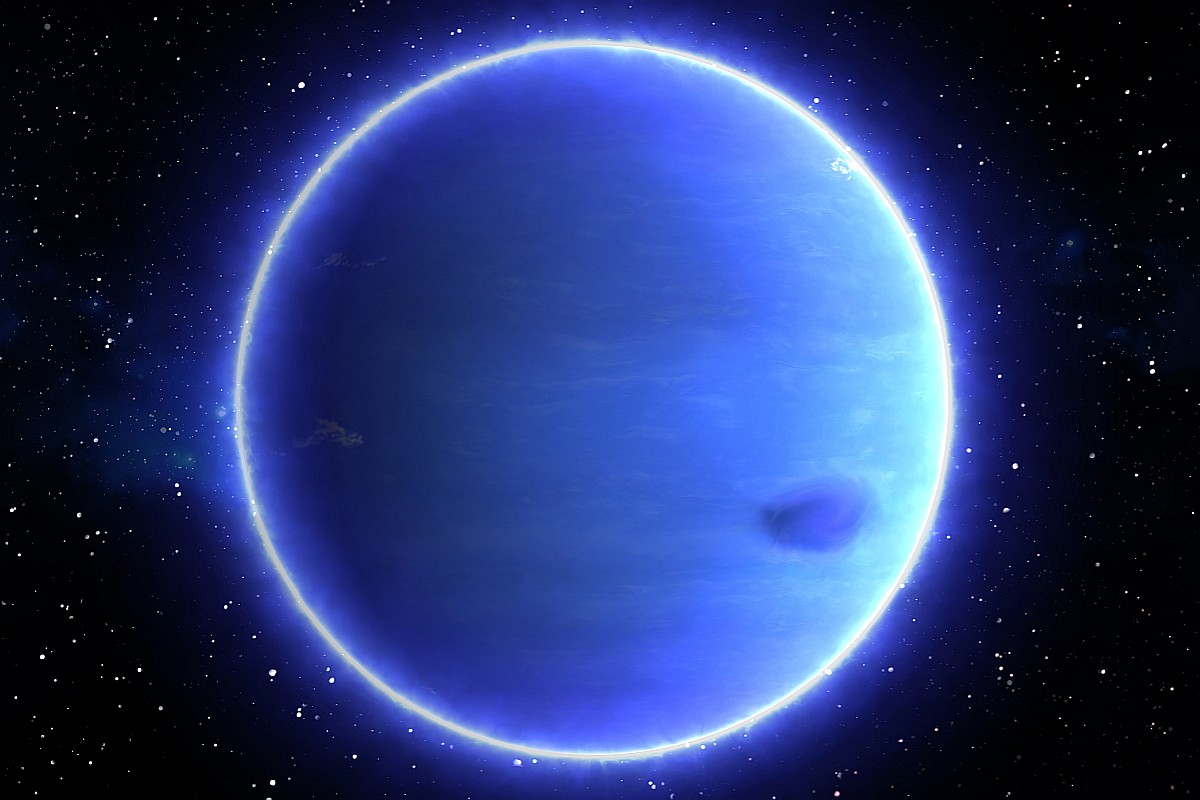
Not only is Triton warming up, but the gravitational influence of Neptune is bringing it closer to the ice giant. Triton is the only moon in the solar system that has a retrograde orbit, meaning it orbits in the opposite direction to its parent planet's spin. They instantly freeze and then snow back down to its surface. The surface of this Neptunian moon is punctuated by ice volcanoes spewing a mix of liquid nitrogen, methane, and dust as high as 5 miles into the air. Voyager 2 discovered that part of Triton's surface resembles the rind of a cantaloupe.

Special Features: By far the largest moon of Neptune, and one of the coldest objects in the solar system. Lassell made his name in the brewery business, using his wealth to finance telescopes.Īs Neptune was named after the Roman god of the sea, its moons have been given the names of lesser sea gods and sea nymphs found in Greek mythology. The first of these moons to be spotted, Triton, was discovered by William Lassell just 17 days after the discovery of the planet. The planet shares space with at least 14 moons.

How Many Moons Does Neptune Have?ĭespite its distance from the sun and frosty nature, Neptune is far from alone at the outskirts of the solar system. Located at the edge of the solar system, the ice giant Neptune has been a challenging target of investigation since its discovery in the 1800s. The reason Neptune takes the appearance of a blue marble is that methane in its upper atmosphere is a good absorber of red wavelengths of light, meaning the planet reflects mostly blue light back into space. Some scientists suggest that there might be an ocean of super hot water under Neptune's cold clouds, which are protected from boiling away by the incredibly high pressure that keeps them locked inside.Īvi Loeb, professor of science at Harvard University, told Newsweek: "Neptune has the strongest winds in the solar system, ripping through its atmosphere at over 1,000 miles per hour. NASA says that an estimated 80 percent of Neptune's mass is made up of a hot dense fluid of "icy" materials-water, methane, and ammonia-above a small, rocky core. What is Neptune Made Of And Why Is It Blue? But, because of the size of its orbit, each season lasts around 40 years. Just like Earth, the ice giant's axial tilt of 28 degrees means that it experiences seasons.

Neptune's orbit and size aren't the only monstrous things about it. This makes Neptune the fourth-largest planet in the solar system after Jupiter, Saturn and Uranus. NASA says that if Earth was the size of a nickel then Neptune would be about as big as a basketball. Neptune really puts the "giant" into "ice giant." The planet has a radius of about 15,300 miles and is four times wider than Earth, with 17 times its mass. Alien Life Could Survive in 'Stellar Graveyard' Around Dead Stars.NASA Venus Images Are Latest Stunning Photos Captured by Parker Solar Probe.Supermassive Black Hole That Could Outshine a Galaxy Hidden By Cosmic Dust.On February 18, there were approximately 2,866 million miles between the two planets. It's difficult to say how distant Neptune and Earth are, as they both follow their own elliptical orbit around the sun. Traveling at an average velocity of 42,000mph and launched in 1977, it took Voyager 2 around 12 years to travel from Earth to Neptune. Occasionally Neptune's orbit even takes it further away from the sun than dwarf planet Pluto. Since its discovery in 1846, we've seen it complete just one orbit, back in 2011. In fact, Neptune is so distant that it takes 165 earth years to complete one orbit of the sun. It takes sunlight about 4 hours to travel to the ice giant, which takes 16 hours to rotate, and the planet is so dark that high noon on its icy surface would look like twilight here on Earth. That's around 30 times the average distance from Earth to the sun. The eighth planet in the solar system, Neptune is on average about 2.8 billion miles from our sun. How Far Is Neptune From The Sun and Earth?

Here are six incredible facts about Neptune, its moons, and its rings. In 1989, as it made its way out of the solar system, the Voyager 2 craft paid a flying visit to the ice giant, collecting both images and important data about this inhospitable world. The dark and cold planet, the furthest from our sun, is regularly belted by supersonic winds and has thus far been visited by just one human spacecraft.ĭiscovered using predictions made by Urbain Le Verrier and Johann Galle in September 1846, it was Le Verrier who suggested Neptune should be named after the Roman god of the sea. Lying at the very outskirts of our solar system, the ice giant Neptune has long represented both a challenge and a mystery to astronomers and space explorers alike.


 0 kommentar(er)
0 kommentar(er)
